What Is Historical Fiction? [Meaning & Examples]
Historical fiction is a genre of fiction that uses past events to create a story. It combines facts and imagination to create an engaging tale.
Historical fiction allows us to explore times gone by through characters, settings, and events. From classic novels such as Gone With The Wind to more recent works like Wolf Hall or Outlander – historical fiction has captivated readers for years.
In this post, we will look at what historical fiction is, its elements, and some popular works. We will also guide you on how to create your own unique story set in a certain era.
👉 See our historical fiction story ideas
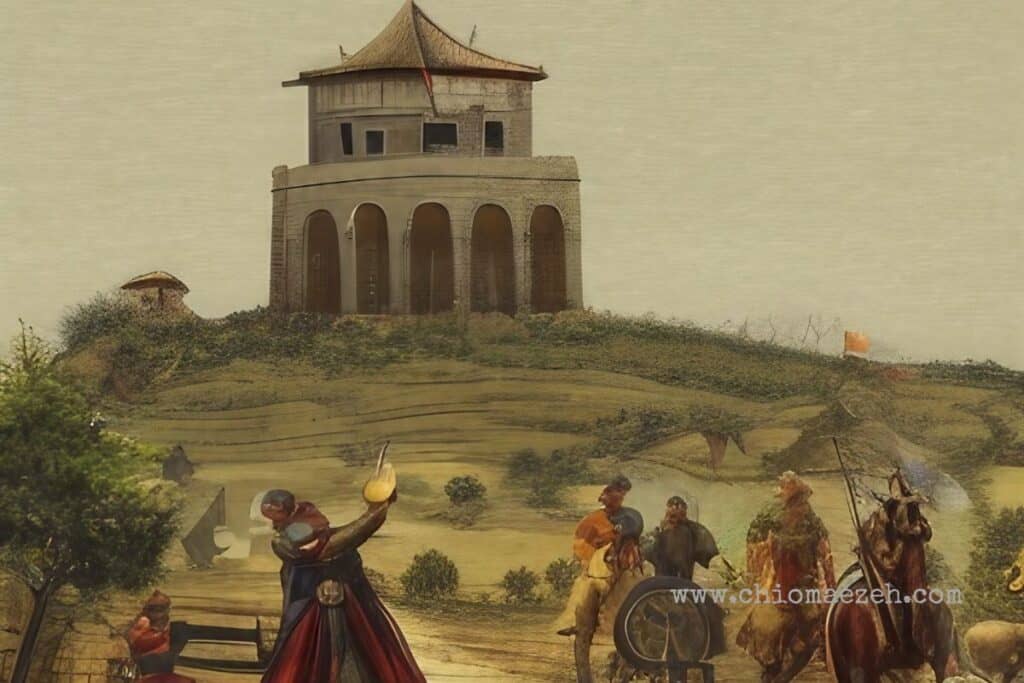
Let’s Talk
Are you a writer aspiring to pen a masterpiece that never fails to captivate? Look no further. Reach out to us and uncover how we can help you to take your writing to unprecedented heights!

What Is Historical Fiction?
Historical fiction narrates tales that take place in the past. It includes novels, short stories, and plays during a particular historical period.
Regular fiction and historical fiction differ mainly in the time period their narratives are set. Historical settings can range from ancient civilizations to more recent events, such as World War II. You must be knowledgeable about the era being written about and strive for historically accurate details in the story.
Sometimes, an entire novel may be set within one specific time period. However, some authors may choose to span multiple eras within one story. For example, if a novel starts with a character living during colonial America but then follows them through adulthood into the American civil war era, this would be considered historical fiction spanning two different eras in history.
Historical fictional novels come in many forms, including mystery, adventure, and romance, just like any other type of story. However, they all have one thing in common – they provide readers with an opportunity to explore a past time period.
Reading historical stories brings a special enchantment. It allows readers to uncover the mysteries of bygone eras and appreciate what life was like.
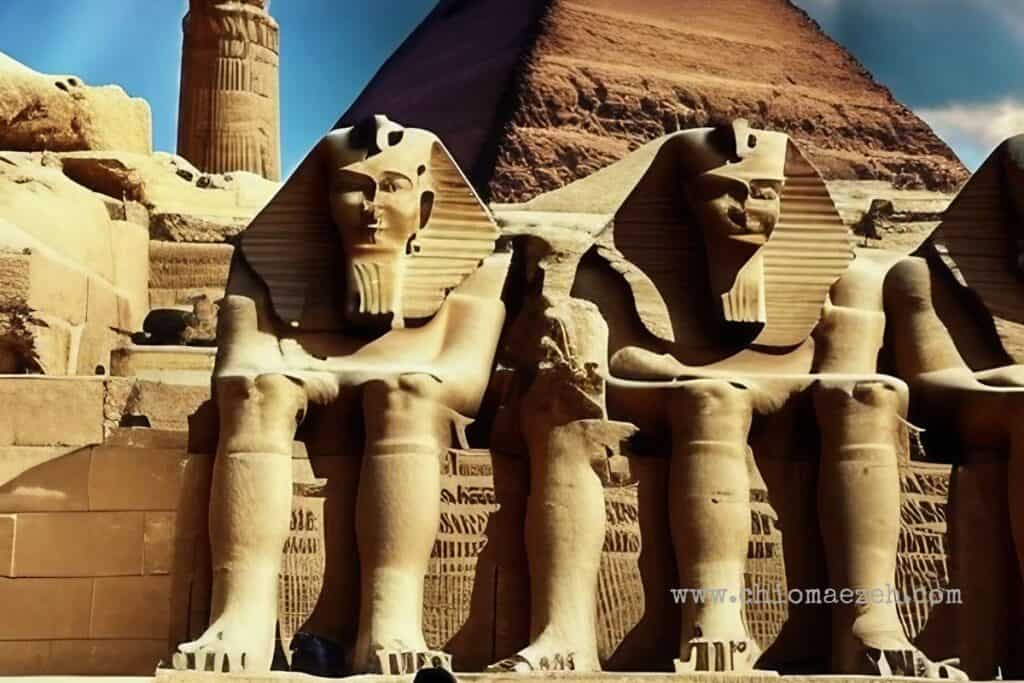
What Are The Elements of Historical Fiction?
Historical fiction can be based on real events, people, and places or completely fictional. While historical fiction does not always have to adhere to strict accuracy, certain elements make it unique from other genres of literature.
The elements of historical fiction include:
- Setting: this happens in a past era, often featuring elements such as customs, buildings, tools, clothing designs, etc.
- Characters: must feel authentic to their era and should reflect any cultural values or norms present at the time they lived in.
- Plot structure: historical events may influence what happens within a story, and events should be portrayed accurately.
- Dialogue: includes appropriate vocabulary for their respective eras so readers get an accurate picture of how people talked back then.
Historical fiction interweaves facts and imagination to craft tales set in the past.
Examples of Historical Fiction Books
Examples of historical fiction novels abound, spanning many eras and topics.
Example 1: “Gone with the Wind” By Margaret Mitchell
Margaret Mitchell’s “Gone with the Wind” is an iconic example of a historical fiction novel. It depicts Scarlett O’Hara’s struggles to survive after her plantation home falls into Union hands during the American Civil War and eventually inspires an Academy Award-winning film adaptation. Scarlett O’Hara faces a tumultuous journey as she grapples with the aftermath of her cherished estate being seized by Union forces during the Civil War. The book was adapted into an Academy Award-winning film in 1939 starring Vivien Leigh and Clark Gable.
Example 2: “The Pillars Of The Earth” by Ken Follett
This story takes place during 12th century England when building began on one of Europe’s first Gothic cathedrals at Kingsbridge Priory in the fictional town of Kingsbridge, England. It follows three main characters—a master builder, his apprentice son Jack Jackson, and Ellen—and their struggles against poverty, politics, religion, and social injustice throughout their lives as they build this great cathedral together.
Example 3: “Outlander” by Diana Gabaldon
This tells the story of Claire Randall Fraser, who travels back in time from 1945 Scotland to 1743 Scotland, where she meets Jamie Fraser. She eventually falls in love with him despite being married to another man back in 1945. Throughout her adventures, she learns about Scottish culture, which helps shape her future decisions regarding loyalty between family members and clansmen. This ultimately leads them both down different paths than expected.
Historical fiction books can provide an interesting and engaging way to explore the past. Creating your historical fiction can be accomplished with a few simple strategies.
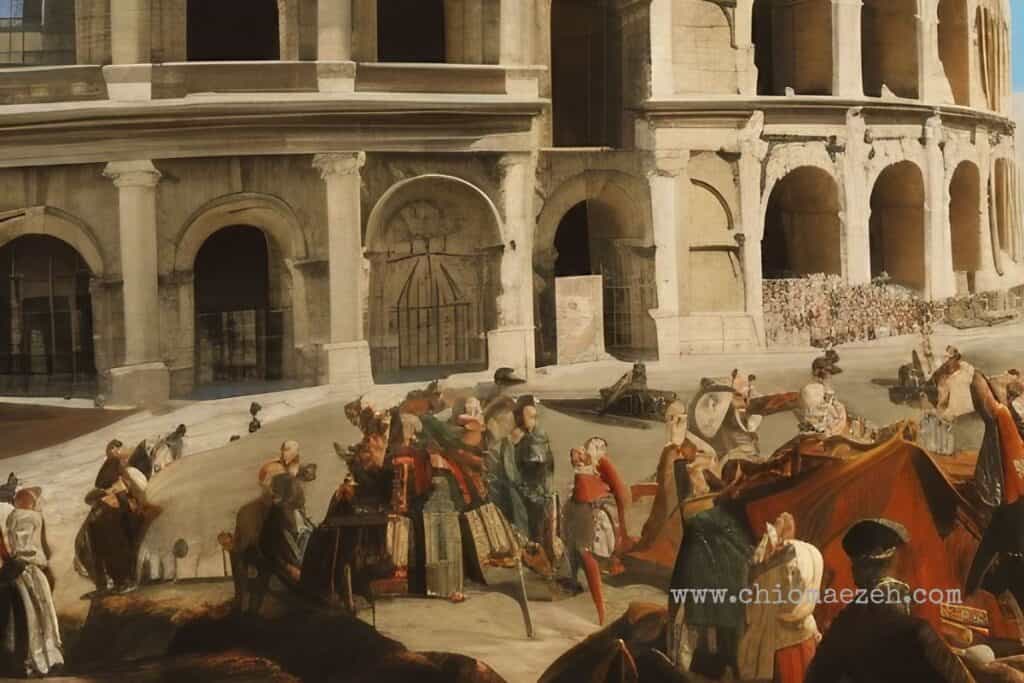
How to Write a Historical Fiction Story
Historical fiction can be biographical historical fiction, which focuses on real people from history and their stories, or it can be completely fictionalized. Regardless of its form, writing historical fiction requires extensive research. This ensures that the story takes place in an accurate historical setting and accurately reflects the events and culture of the period.
Here are some tips on how to write a historical fiction story:
1. Conduct Research:
Before beginning to write your historical novel, select a historical period to be set in. Then, research the culture of that time. This will help you get an understanding of what life was like at that time.
Research the fashion, customs, language, and technology, so you can create an authentic world for your characters to inhabit.
2. Develop Plot lines:
Once you have chosen your time period and done some basic research into it, begin developing your plot by researching any major events during this era. Consider any important figures who may have been involved in the event. Exploring the major events and figures of the time can help you craft a narrative that is accurate and relatable.
3. Develop Believable Characters:
Consider carefully how each character’s background would shape their motivations and decisions. Would they stick to societal norms or rebel against them based on personal beliefs or circumstances?
Also, consider how class status could influence a character’s interactions with others in the era. These intricate details are often very important. You want to create realistic protagonists who readers can root for.
Video Recommendation: Historical Fiction
FAQs On What is Historical Fiction?
What Is Historical Fiction And Why Is It Important?
It typically involves reimagining real historical events, people, and places to create an engaging narrative with fictional characters. Through its vivid storytelling, historical fiction allows readers to understand how societies operated in the past and encourages reflection on the consequences of our actions throughout history.
What Are The 5 Elements Of Historical Fiction?
The 5 elements of Historical fiction include characters, plot, setting, dialogue, and theme. The characters are usually fictional, but they must reflect the era. Plot should stay true to the facts of history when possible. A strong theme should be present throughout the narrative, which captures some aspect of life during this particular era in history.
What Are The 4 Characteristics Of Historical Fiction?
The four characteristics of historical fiction are accuracy, realistic dialogue, character development, and conflict resolution. Accuracy of the past must be maintained by basing historical fiction on real people, places, and events from that era. The language should reflect the era being depicted, characters should be realistic for their historical setting, and conflict between characters should reflect how things may have happened historically.
Is Historical Fiction A Real Story?
Historical fiction can be either non-fiction or fictionalized accounts of real events, people, and places. So, it may be real or imagined or both. Historical fiction often includes genres of romance, adventure, and suspense as it explores themes such as morality, power dynamics, and human nature. Readers gain insight into how different cultures lived throughout history through these stories.
Final Notes on Historical Fiction
Writing historical fiction is a challenging yet rewarding experience. It requires understanding the past, attention to detail, and research skills that help bring your story to life. With these, you can bring forth a gripping narrative of historical fiction that readers will cherish.
Whether it’s set in ancient times or more recent history, if you have an interest in exploring stories from the past through writing then consider giving historical fiction a try.

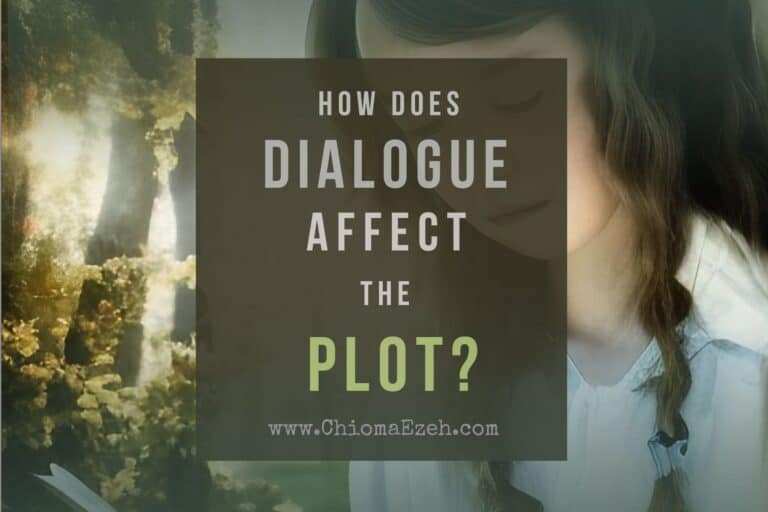

![6 Powerful Elements Of Dialogue Writing [Tags, Action Beats, Subtext & More]](https://chiomaezeh.com/wp-content/uploads/2023/03/Elements-of-dialogue-writing-768x512.jpg)
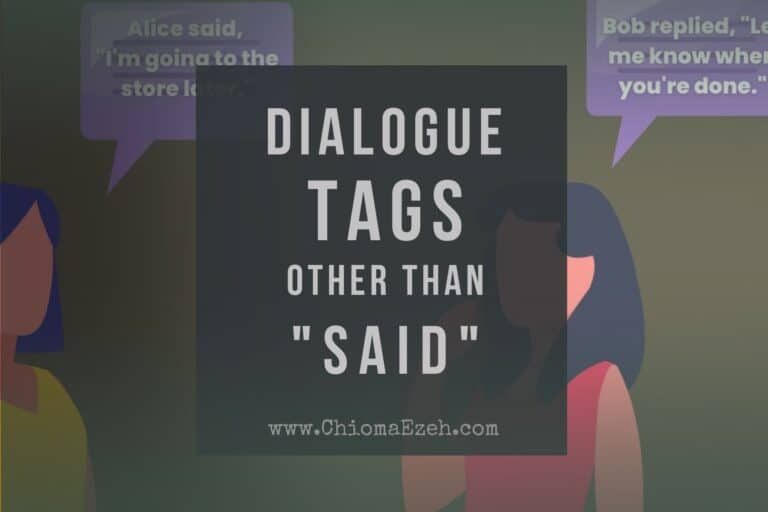
![How To Write Dialogue Between Doctor And Patient [13 Templates]](https://chiomaezeh.com/wp-content/uploads/2023/04/how-to-write-dialogue-between-doctor-and-patient-768x512.jpg)
![What Are The Elements Of A Story? [Explained With Examples]](https://chiomaezeh.com/wp-content/uploads/2023/02/Elements-of-a-story-768x512.jpg)